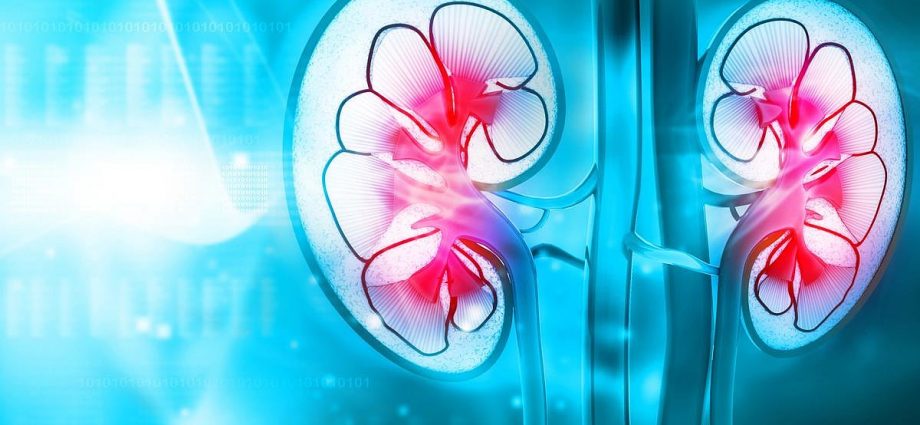Key Takeaways
-
Kidney transplant recipients who’ve never been exposed to the Epstein-Barr virus but receive organs from a donor who has been may develop a rare and aggressive cancer
-
As many as 1,200 patients a year could be at risk for that cancer, called post-transplant lymphoproliferative disorder (PTLD)
-
This risk may be much higher than previously believed
FRIDAY, Feb. 14, 2025 (HealthDay News) – Kidney transplants can be lifesaving, but a new study suggests that some recipients may be at greater risk for a rare and aggressive cancer known as post-transplant lymphoproliferative disorder (PTLD).
The culprit is the Epstein-Barr virus (EBV). Best known for causing mononucleosis, Epstein-Barr virus is also linked to risk for several cancers, including PTLD.
More than 90% of adults in the U.S. are or have been infected with EBV. When kidney transplant patients who’ve never been exposed to it receive organs from a donor who has carried the virus, they can develop PTLD.
For the study, researchers analyzed data from two large U.S. transplant centers. They compared rates of EBV among kidney transplant recipients whose donors tested positive for the virus.
Fully 22% of never-infected transplant recipients who received a kidney from a donor who had been infected with the virus developed PTLD within three years after their transplant.
Nearly one-third of those affected by PTLD died from it during the study period.
People who receive kidney transplants must take immunosuppressive medications to prevent their body from rejecting the new kidney. These medications increase the risk of developing EBV-associated PTLD, according to the National Kidney Foundation.
The new data suggest that up to 5% of adult kidney transplants — as many as 1,200 patients per year — could be at risk for PTLD. This is five to 10 times higher than previously estimated based on national registry data, the study authors point out.
“National registry data likely underestimates PTLD incidence due to incomplete reporting and errors in tracking whether organ donors and recipients have been exposed to viruses like EBV,” said study author Dr. Vishnu Potluri in a news release. Potluri is an assistant professor in the Renal Electrolyte and Hypertension Division at the Hospital of the University of Pennsylvania in Philadelphia.
The risk of being diagnosed with PTLD after a kidney transplant is widely recognized, but until now, it has mainly been studied in children who are less likely to have been exposed to EBV.
“Given the significant threat to survival posed by PTLD and the substantial discrepancy between our findings and prior data, our study serves as a call to action to prioritize further research to enhance the safety and survival of this vulnerable transplant population,” said study author Dr. Chethan Puttarajappa, an associate professor in the renal-electrolyte division at the University of Pittsburgh.
The findings suggest it is time to change how kidney transplant patients are monitored for EBV and PTLD.
“We need to rethink how we monitor patients for EBV infection and how we manage immunosuppression for these high-risk patients,” said Dr. Emily Blumberg, director of Transplant Infectious Diseases at Penn Medicine. “This includes early and routine testing for EBV and exploring personalized adjustments to immunosuppressive therapy.”
EBV screening rates vary among centers in the U.S., and many do not routinely screen for EBV after kidney transplantation.
If a patient develops PTLD, lowering doses of immunosuppressive drugs is the first step, according to the National Kidney Foundation.
The study was recently published in the Annals of Internal Medicine.
More information
Learn more about PTLD risk after kidney transplantation at the National Kidney Foundation.
SOURCE: Penn Medicine, news release, Feb. 10, 2025
Copyright © 2025 HealthDay. All rights reserved.

